Advertisement
Artificial intelligence (AI) is changing the way people use their homes in new and advanced ways. Intelligent systems like ChatGPT are being looked at for their use in home automation as "smart homes" with voice assistants and interconnected devices become more popular. Not many people know about ChatGPT's ability to have conversations and send texts, but its promise as a smart home assistant is becoming more and more popular.
This post addresses the question: Can ChatGPT control your smart home? The answer is more nuanced than a simple yes or no. Though ChatGPT was not originally designed as a smart home controller, developers and tech-savvy users are beginning to integrate it into connected environments through APIs, home automation platforms, and custom code. Let’s examine how this integration works, its limitations, and what the future may hold.
Although ChatGPT doesn’t natively support smart home device control, it can still be integrated into home automation systems using third-party tools, APIs, and custom-built middleware. In this setup, ChatGPT serves primarily as a natural language processor, translating user requests into structured commands. The actual device control is handled by smart home platforms that are designed to interact with hardware.
The integration process generally involves three key components:
In this setup, ChatGPT receives a user’s request, such as “dim the living room lights,” processes the intent, and passes it to the automation hub. The hub, in turn, executes the action using its connection to the physical device.

Assessing ChatGPT's efficiency in controlling smart home devices involves examining several factors:
Overall, while ChatGPT offers advanced conversational capabilities, its efficiency in device control depends on the specific use case and the user's technical proficiency.
To use ChatGPT for smart home control, several components must come together:
This setup can get complex and requires a good understanding of both programming and smart home protocols, making it more accessible to advanced users and developers for now.

Currently, ChatGPT is not a plug-and-play solution for home automation. It serves best as a supplementary tool for those who already use smart home hubs and want to enhance their systems with AI-generated assistance.
For tech-savvy users and developers, integrating ChatGPT can lead to creative and highly customized smart home experiences. However, for the average user seeking reliability and simplicity, existing smart assistants like Alexa or Google Assistant remain more practical options—for now. As the technology matures and integrations become more user-friendly, ChatGPT could become a more central component in managing smart environments.
ChatGPT is not yet a full-fledged smart home controller, but it is increasingly being adapted for use in custom smart home setups. Through API connections, open-source automation platforms, and user-generated code, ChatGPT can act as a natural language layer over existing systems—interpreting commands and enhancing smart home interactions.
While current applications are still experimental and often complex to implement, the potential for ChatGPT to play a central role in smart living spaces is strong. As the AI ecosystem evolves, ChatGPT may soon power homes that respond not just to commands—but to conversation context and human intuition.
Advertisement
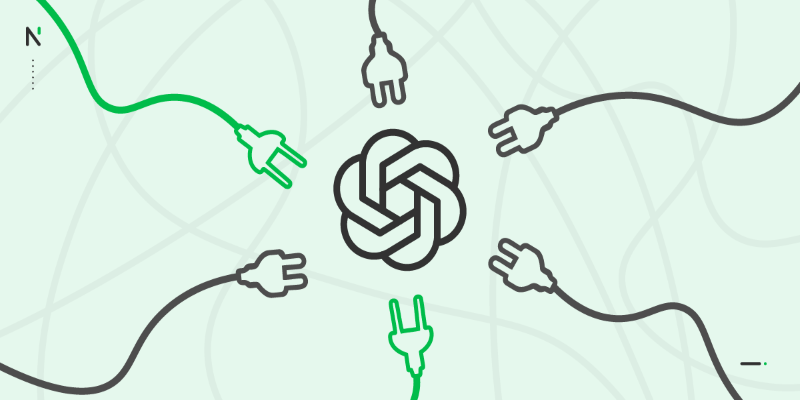
Ever wondered what plugins come standard with ChatGPT and what they're actually useful for? Here's a clear look at the default tools built into ChatGPT and how you can make the most of them in everyday tasks

Learn how the UseChatGPT Copilot extension helps users write, reply, translate, and summarize text directly in the browser.
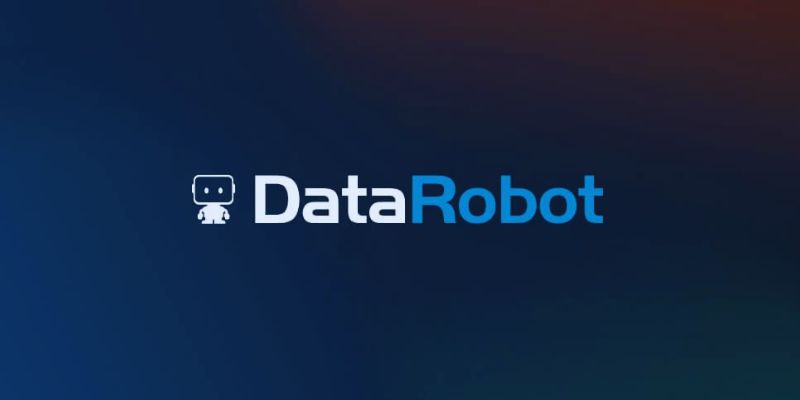
DataRobot's Enterprise Suite helps businesses manage generative AI with governance, monitoring, and compliance for safe AI use
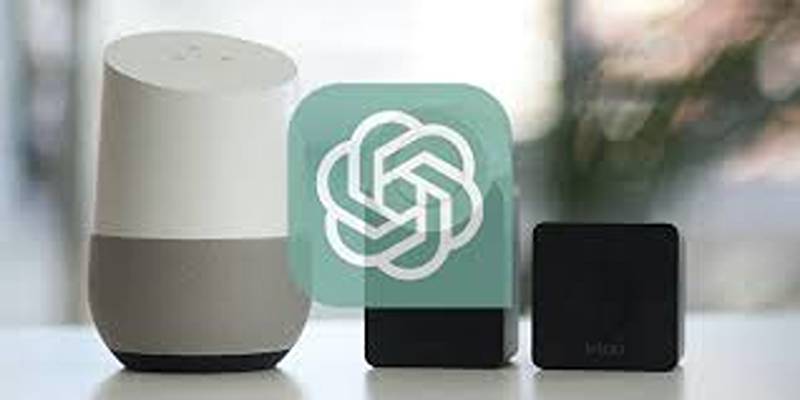
Discover how ChatGPT enhances smart home automation, offering intuitive control over your connected devices.

Writer's Palmyra Creative LLM transforms content creation with AI precision, brand-voice adaptation, and faster workflows

Learn how Claude AI offers safe, reliable, and human-aligned AI support across writing, research, education, and conversation.
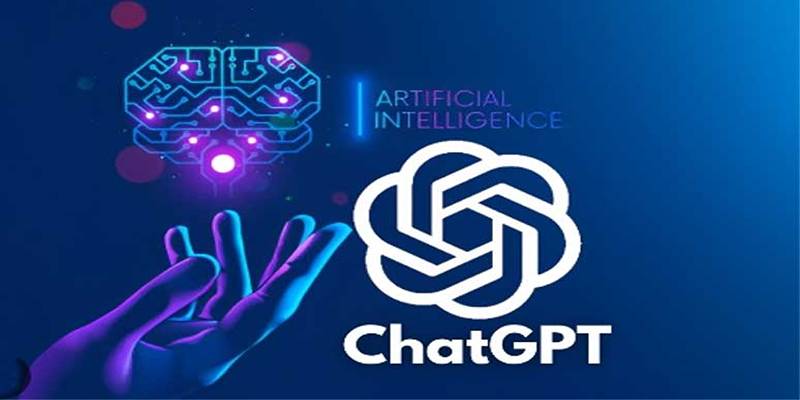
Use Custom Instructions in ChatGPT to define tone, save context, and boost productivity with customized AI responses.

Wondering whether TensorFlow or Keras fits your project better? Learn how they compare in simplicity, flexibility, performance, and real-world use cases

Learn what AI red-teaming means, why it matters for AI safety, and how it helps find and fix risks in different AI systems

Learn how to use ChatGPT with 7 smart prompt categories—from DeFi to NFTs, analysis, education, and more.
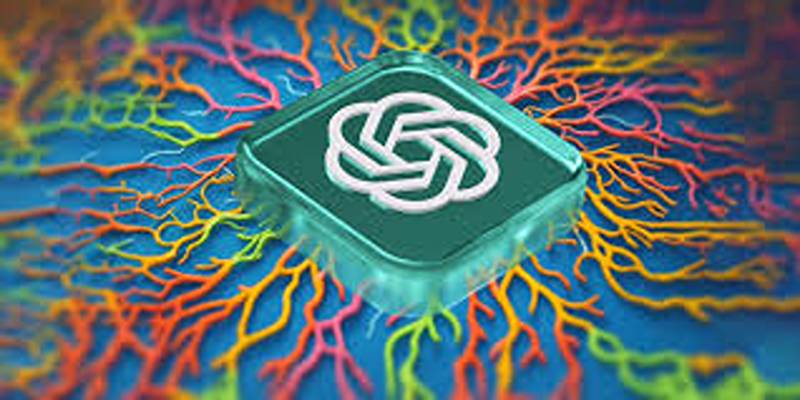
Explore 6 ways ChatGPT enhances video game scriptwriting through dialogue, quest, and character development support.

Amazon CEO Andy Jassy highlights the importance of AI investment in his annual letter, outlining how artificial intelligence strategy is shaping the company’s growth and innovation plans